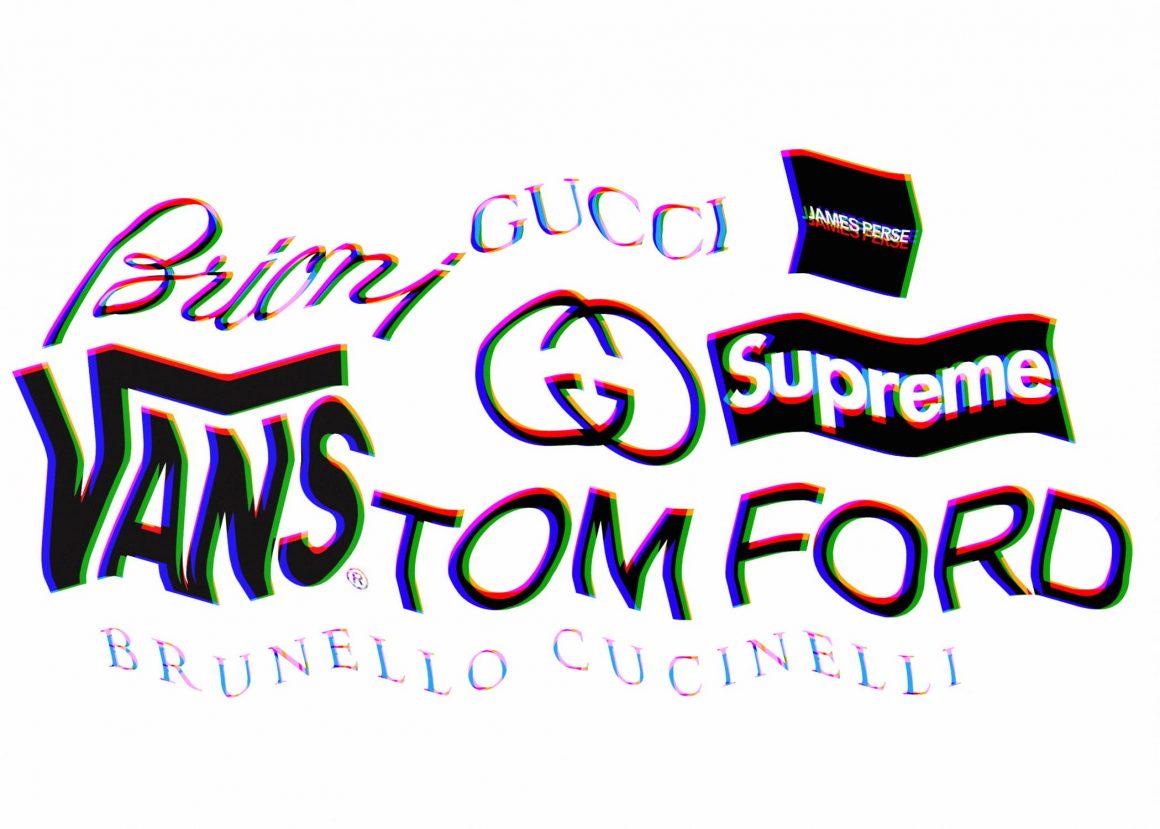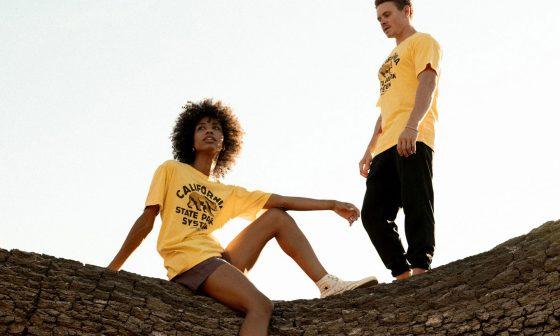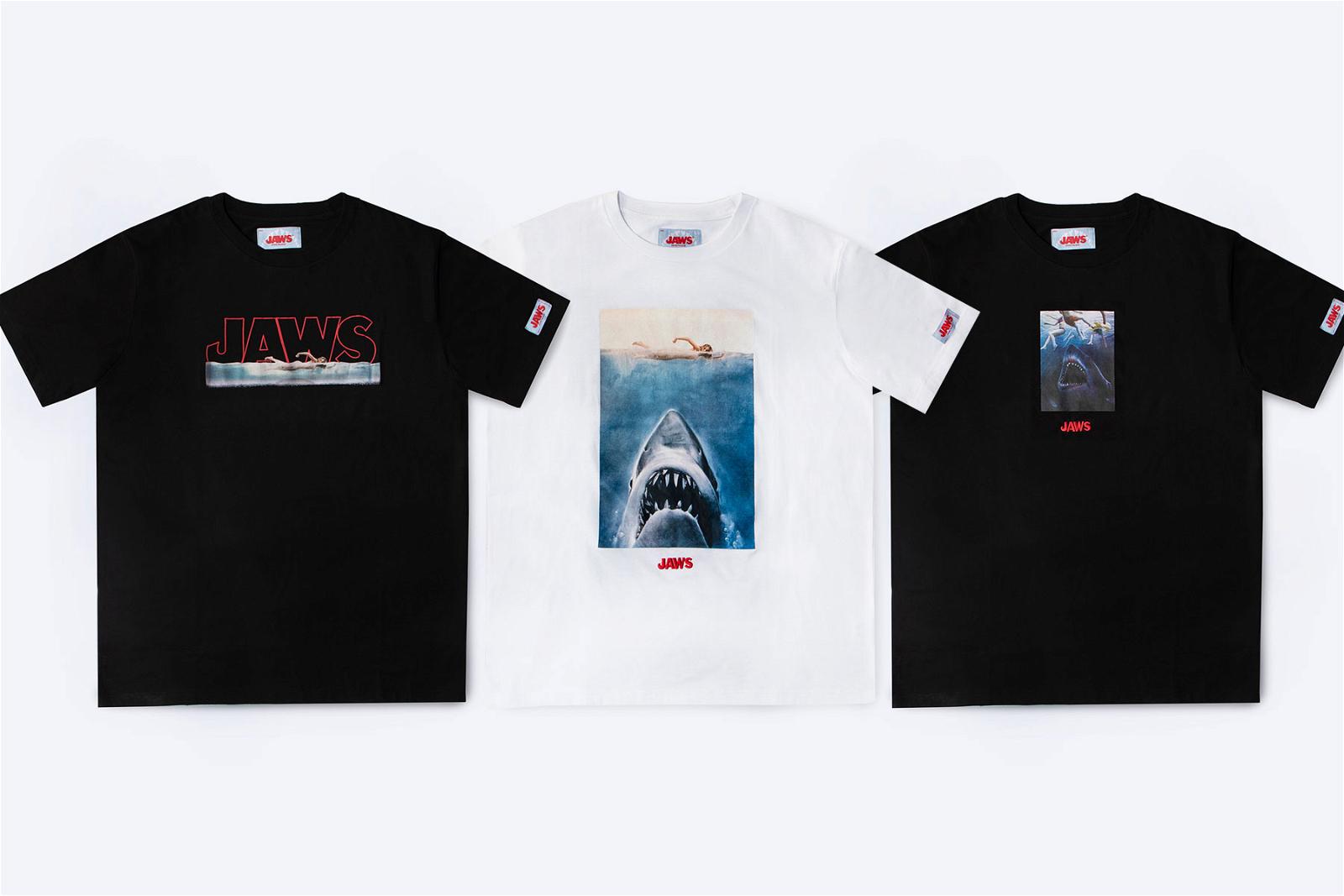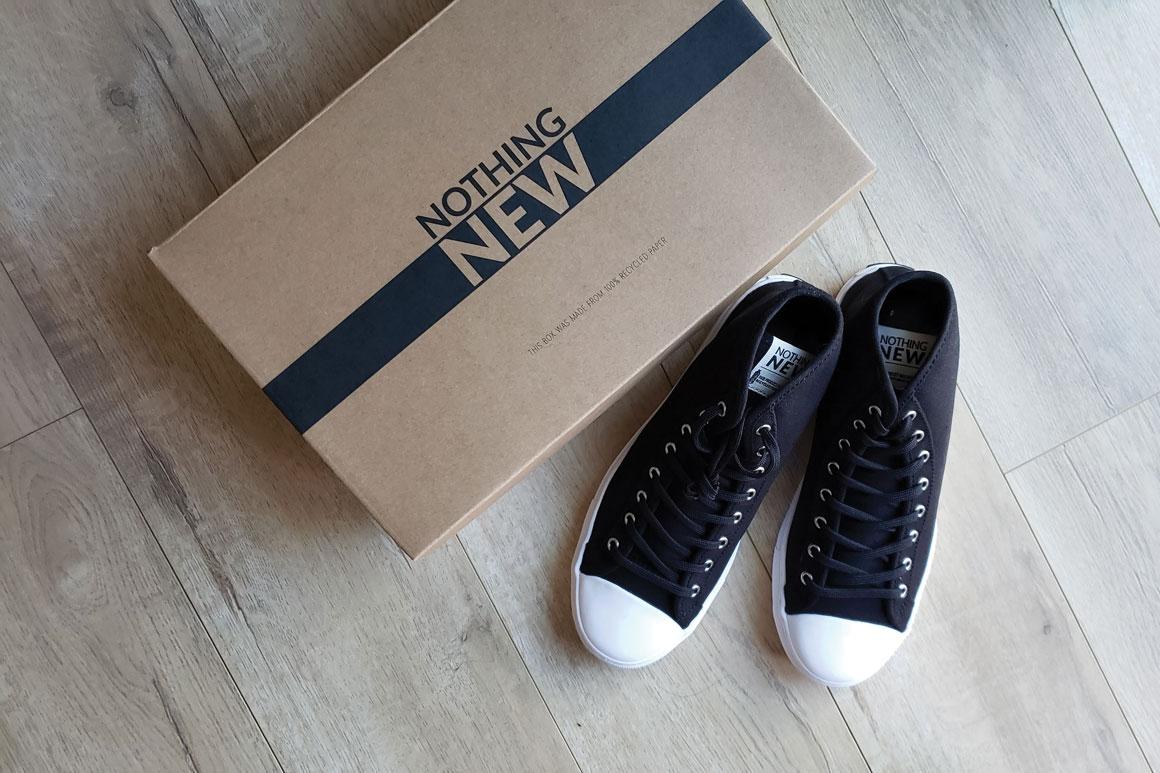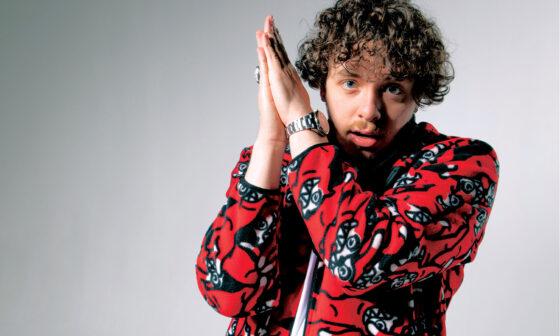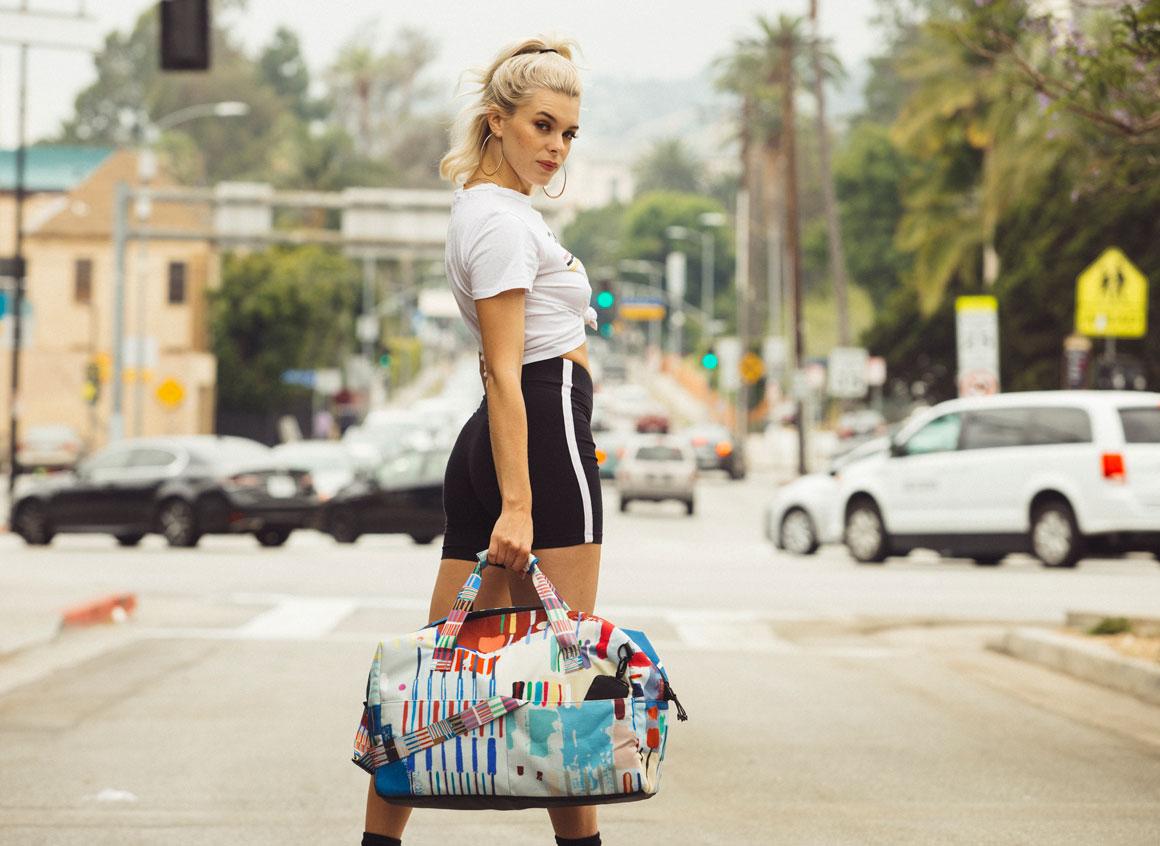All the main fashion and sports brands have recognizable logos and know how to use them. What is interesting is how simple labels and stickers with company logos are used by the brands themselves, and the customers who purchase their goods.
One immediate and recognizable example is the use of Kangol flat caps. Designed and intended to be worn the regular way around, they were soon adopted by celebrities such as Samuel L Jackson, and regular individuals and worn back to front to show off the logo.
It is arguable that only Mr. Jackson can really pull off this look but it hasn’t stopped thousands of imitators trying. When it comes to fashion, the biggest clothing brand in the world also has one of the most iconic logos of the 20th century. That is of course Nike. This is a brand that only has to display the Swoosh on their products, the name itself is almost redundant as far as labeling is concerned.
Smart brands use their logos and labeling to market their products in-store, but it is often the consumers who kick start trends, such as the backward worn Kangol hats.
Vans make great use of their logo
Nike is ubiquitous, and its advertising is immediately recognizable. The brand red that Nike uses, along with the famous Swoosh, can be seen on billboards, TV screens, in shop windows, and on street advertising all over the world.
A strangely large number of people have had the Swoosh tattooed on themselves, and they have clothed millions of people. Other brands, however, use their logos to different effects.
Back in 1966, the Van Doren Rubber Company was established and soon became known for its rugged skateboard shoes. Today they have an expanded range of clothing and accessories, and their own outlet stores in 150 different locations including Europe.
The new Vans relaxed chinos pants carry the iconic logo on the rear, and just like the classic shoes, it is used subtly. However, they use labels and logos in other ways too. When a customer buys a pair of Vans, they will receive them in a box that has mostly stayed the same for years. The shoes will have a Vans tag, and there will be a sticker inside.
All Vans shoes come with a sticker in the shape of a skateboard with the logo on it. It is this use of their logo that adds a subtle extra to the shoes. Plus, with Vans stickers plastered over lampposts, laptops, books, and any other flat surface available, they get free advertising too.
The use of hang tags in marketing
Brands have been known to make clever use of clothing labels and hang tags. These can also be used in marketing items of clothing in stores. Using recognizable logos on hang tags can no doubt attract attention from a shopper, but there are many other ways that brands can use them.
Hang tags can be used for the following:
- To show off company values
- To tell the history of a company
- To explain that a product is eco-friendly
- To promote
- To show call-to-action statements
- To give out contact details
- To instill customer loyalty
- To give detailed information about the product
- To show a QR code
Whereas clothing price tags serve a mostly single purpose, hang tags can offer much more in the way of marketing. Hang tags can also be used as stickers, and could even be made to be collectible by the consumer.
The different ways that hang tags are used
Hang tags with the company branding can be a powerful tool. The various ways they can be used are explained in a little more detail below.
Company values and the history of the brand
A hang tag is larger than a standard label, and because of that, it can convey far more information. One area that some consumers may be interested in is the history of the company, and perhaps more importantly, the values the brand holds.
Environmental details
Anyone truly interested in fashion will also be concerned about the effect that their purchases may have. A hang tag can show how a product was made with consideration for the planet, and the people working in the factory.
Promotion and call-to-action
Competitions can be included on the tag, along with discounts, or special offers. Call-to-action remarks can help consumers to sign up for emails or visit the company website too.
Contact details
Customer service numbers, company website, and social media can be added to a hang tag.
Customer loyalty
The hang tag can be used as a discount voucher for future purchases, helping to encourage customer loyalty.
Detailed information and QR codes
Although hang tags can contain more information than a standard clothing label, they aren’t all that big. So, some detailed information could show the materials used, and where the product was made, or a QR code could be displayed instead. QR codes allow for as much information as the manufacturer wishes to be shown once they are scanned.
Hang tags can be a part of the product. If they are made with an unusual material, are largely free of information apart from the logo, they may end up being left on the garment.
When the tag or label becomes part of the fashion
In some instances, hang tags don’t even get removed after the purchase. Back around the time of acid house and illegal raves, Kickers became fashionable in the UK and other regions. Except people weren’t removing the shoe tags. They were being kept on, and some people added more tags to their shoes to stand out.
This is known as product engagement and signaling, and is a kind of equivalent to shouting ‘look at me’. It has been done time and time again with different brand logos, the Beastie Boys with VW badges, and underwear logo bands above the waistline of outerwear, which are types of signaling. It is effectively the consumer equivalent of being a peacock.
The same thing happened with New Era baseball caps. Where the company placed gold stickers onto the brim of the cap for practical reasons, the people that were buying them decided to use them for other reasons. The stickers were initially intended to show the cap size to help consumers, however, they ended up being left on so that the wearer could show that they had a genuine cap and not a fake.
Summary
Many companies use their brands in subtle ways. The HNLY basics range is a good example of when a brand uses a subtle but effective way of labeling its clothing. The logo is used twice, once on the hem, and once in the usual inside neck position.
Other brands have a different approach to their logo and want people to choose where they will display it. In the case of Vans, it is made easy because they supply all their customers with a free sticker. With other brands, it is the consumer who is in charge.
It is doubtful that New Era Caps, or Kickers, could have ever guessed that their labels and tags would not only be left on the products, but actually become sought after, and even replicated by pirates.
